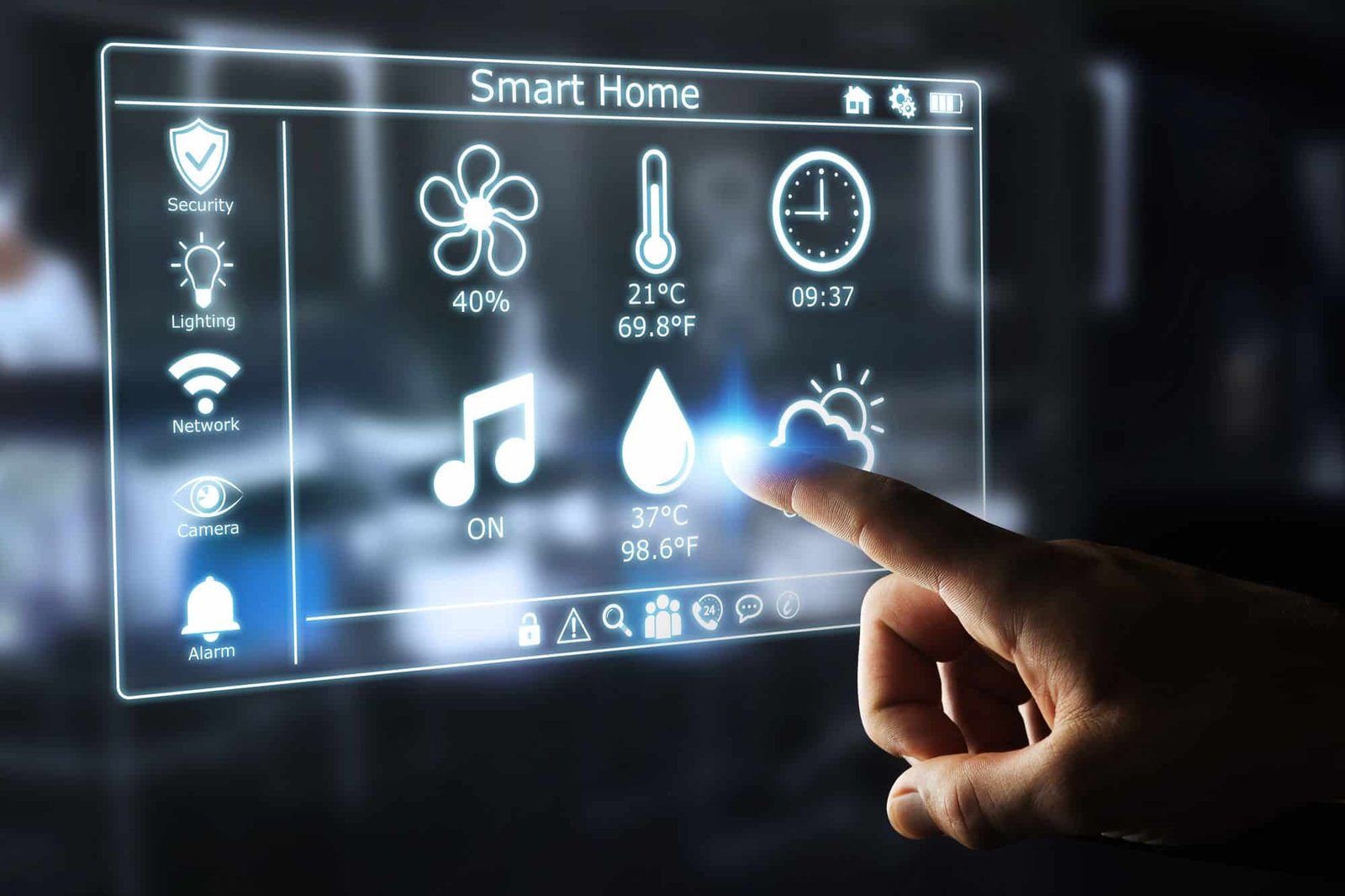Adnan Engineering LLC provides exclusive expertise enabling companies and municipalities to optimize the technical, economic and environmental performance of facilities such as buildings and heating or cooling networks.
Working in close cooperation with our customers, Adnan Engineering LLC plays an essential role in controlling energy demand and reducing greenhouse-gas emission. This unique role as an urban energy optimizer is reflected in two major activities: District Cooling Solutions for Sustainable Cities and Energy Solutions for Industries.
ENERGY SAVING
Energy Management System
“Smart energy management can shape a cleaner, sustainable safer world”.
Adnan Engineering LLC has offer comprehensive efficiency, power quality, smart city, smart grid and green energy technologies, solutions and services for corporate, institutional and private business owners. Our specialized sectors are Building Facilities Management, Manufacturing, Oil & Gas and Public Assets.
Energy management system consists of computer-aided tools used by the operators of electric utility grids to examine, control and to optimize the performance of the generation/transmission system.With the increasing energy prices, the facility managers are hunting for methods to reduce the energy costs without compromising the energy supply to keep production lines running smoothly.

We leverage new and green technologies to offer a range of scalable, cost effective, easy to deploy integrated solutions to
- Increase efficiency
- Make power systems safe and reliable
- Develop automation
- Cut emissions
- Improve energy efficiency
- Increase energy
- Harness renewable power
Our services include
- Energy Auditing, Consulting and Management Services
- ESCO / EPC Services
- Energy Modelling and Simulation
- O&M Efficiency Study
- Thermographic Study
- Measurement and Verification
Smart Cities In Dubai
Smart cities aren’t just a concept or a dream of the future.
Thanks to the wildly innovative Internet of Things (IoT) solutions, many are already active and expanding rapidly.
Municipal governments are leveraging cellular and Low Power Wide Area (LPWAN) wireless technologies to connect and improve infrastructure, efficiency, convenience, and quality of life for residents and visitors alike.
A smart city is a framework, predominantly composed of Information and Communication Technologies (ICT), to develop, deploy, and promote sustainable development practices to address growing urbanization challenges.
A big part of this ICT framework is essentially an intelligent network of connected objects and machines that transmit data using wireless technology and the cloud.
Cloud-based IoT applications receive, analyze, and manage data in real-time to help municipalities, enterprises, and citizens make better decisions that improve quality of life.
Citizens engage with smart city ecosystems in a variety of ways using smartphones and mobile devices, as well as connected cars and homes. Pairing devices and data with a city’s physical infrastructure and services can cut costs and improve sustainability.
Communities can improve energy distribution, streamline trash collection, decrease traffic congestion, and even improve air quality with help from the IoT.
For instance,
- Connected traffic lights receive data from sensors and cars adjusting light cadence and timing to respond to real-time traffic, thereby reducing road congestion.
- Connected cars can communicate with parking meters and electric vehicle (EV) charging docks and direct drivers to the nearest available spot.
- Smart garbage cans automatically send data to waste management companies and schedule pick-up as needed versus on a pre-planned schedule.
- And citizens’ smartphone becomes their mobile driver’s license and ID card with digital credentials, which speeds and simplifies access to the city and local government services.
Building Management System
A “stand alone” computer system that monitors and control services such as ventilation, heating and air-conditioning and ensuring that they operate at maximum levels of efficiency and economy. It can be achieved by keeping the optimum balance between environmental conditions, energy usage and operating requirements.

We believe that a well commissioned Building Management System can greatly enhance the customer’s experience by creating a comfortable environment. Any modern building operating philosophy must be consistently tuned in line to building user requirements and hence we rely on increased feedback and controls to the building operators so that they can customize the space to their requirements. Our expert team of controls engineers can provide project specific most appropriate building automation solutions to increase better controllability and ease of operation and therefore better facility management.
We can consult on the design, engineer, commissioning and maintenance of building management systems, therefore providing support during the entire life cycle of the project.
Most of all, our objectives are to ensure:
- Better control over the building systems
- Most optimum design
- Ease of operation and maintenance
- Timely feedback and faster response
- Higher safety and security for your occupants
Home Automation System
A smart home control system should be simple to use and integrate seamlessly into your environment.
We create bespoke automation systems that are perfect for your individual needs. A perfectly integrated control system will unite your whole home from lighting, climate control, music systems, home theatre, security systems, and shading solutions in a completely tailored format.
We work closely with private clients, interior designers, property developers and architects to design and deliver incredible smart home solutions.
We are specialists in home theatres, audio visual distribution, intelligent lighting, climate control, home security and data networks.
We believe that controlling your smart home should be second nature, which is why we deliver a fully integrated and easy-to-use solution that you can control from your smartphone or tablet from anywhere that has an internet connection

INTUITIVE CONTROL IS VERY IMPORTANT FOR ANY SMART HOME SYSTEM
- We have many graphics solutions that will enable you to easily navigate around the control for rooms and areas.
- Set the lighting in the Dining Room for dinner, set the music volume in the Kitchen, adjust the temperature in the Living Room the possibilities are endless.
- However you want to control your home we can take care of it.

